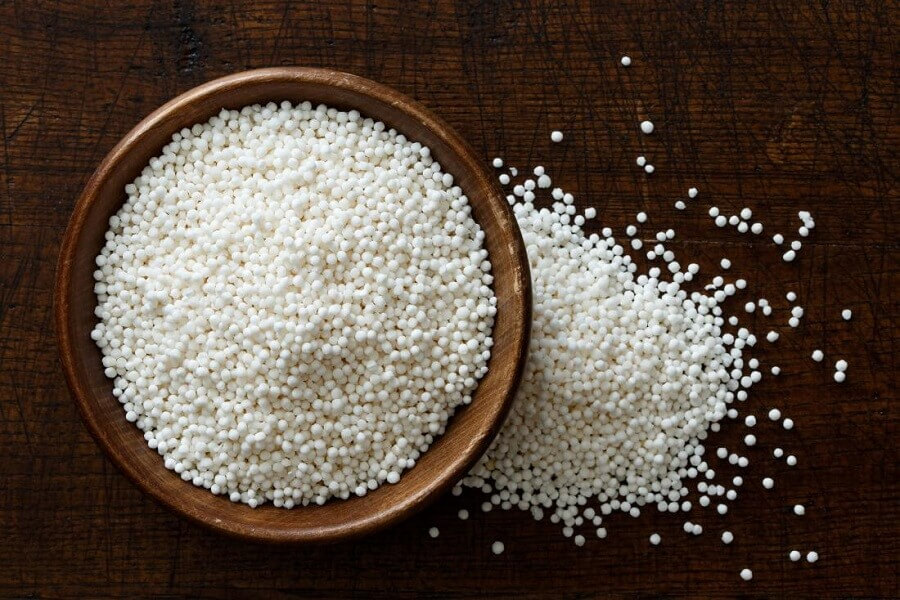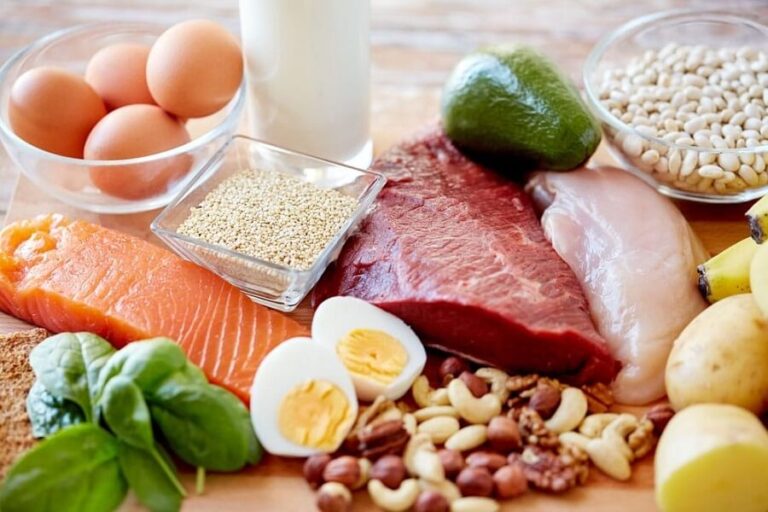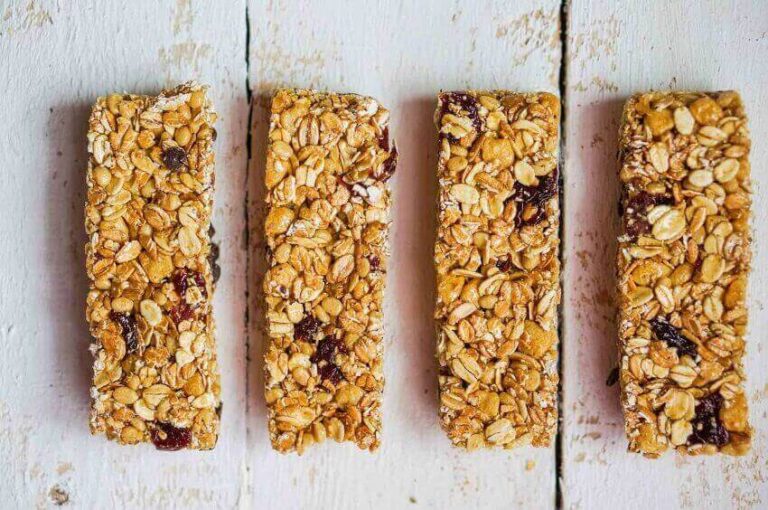Maltodextrin or dextrin maltose is a white powder that is obtained from the processing of certain cereals. It is generally made from corn, rice, and wheat.
Maltodextrin is used as a sports supplement in food manufacturing and makes medicines, creams, and gels. Maltodextrin is often added to foods to better texture and replaces sugar and fats.
This article describes what maltodextrin is, what it is for, and how and when it is good to take dextrin maltose.
Maltodextrin: What is it?
By definition, maltodextrin is a complex carbohydrate obtained through the enzymatic cleavage of corn, potato, rice, or wheat starch.
Although maltodextrin is a compound made up of many glucose molecules, and one might think that its energy is slowly digested by the body, this is not the case. Maltodextrin has a very high glycemic index – about 105 units.
For this reason, dextrin maltose is not recommended for people with diabetes or people who are losing weight. To raise blood sugar levels in the body, maltodextrin is very similar to the effect of simple carbohydrates (sugar, honey, glucose).
Another interesting fact is that maltodextrin may or may not contain gluten; it all depends on whether it is made from wheat starch or with machines where it is used. Usually, this happens, and it is not allowed for celiacs or people with some degree of gluten intolerance.
Uses of maltrodextrin
Maltodextrin is used as a thickener in yogurts, ice creams, ketchup, and other food sauces. Another use of this powder is as a substitute for conventional starch.
Dextrinmaltose makes the food texture lighter and airier, particularly useful for making baked goods. Another use of maltodextrin is for the production of sausages, sausages, and salami. In these cases, it serves to give them a better texture.
Maltodextrin can also be found in baby food: from cereals and purees to milk formulas. It may be on the ingredient list as molasses or dextrin maltose.
Finally, one of the most current uses of maltodextrin is in the addition of low-fat yogurts. Once the fat has been removed, the molasses give these products a consistent and, at the same time, aerated structure.
What is maltodextrin for?
Maltodextrin is used to gain weight in people who have problems gaining it by nature, this type of body is known as an ectomorph.
When it comes to losing weight, maltodextrin is of no use. The glycemic index of maltodextrin is similar to the GI of sugar. So from a nutritional point of view, it has a very similar ability to increase blood insulin sugar levels. This means that the maltodextrin will provide energy and probably improve the urge to eat.
As a sports supplement, maltodextrin provides enough energy for intense workouts. Like the mass gainers, it is recommended to take it when the goal is to increase muscle mass.
How to take maltodextrin?
Maltodextrin is usually taken in a 15g dose before and after a gym routine.
It is a good source of glucose, helping to provide powerful energy and restore muscle glycogen stores expended during exercise.
The main advantages of maltodextrin supplements are:
- Their low cost.
- Their high caloric content.
- Their mild and pleasant taste.
- The ease of dissolving in water.
Taking supplements with maltodextrin to eliminate body fat is not recommended. To get an idea, a kilo of maltodextrin is similar in caloric and carbohydrate content to a kilo of wheat flour; it is not helpful for weight loss.
Maltodextrin with Creatine
Some studies claim that taking maltodextrin with creatine can have several benefits. For example, combining creatine monohydrate with maltodextrin before strength training can increase performance by up to 20-30% ³.
Maltodextrin and creatine act synergistically by stimulating the so-called carbohydrate “transport system.” So while more research is still needed to confirm these effects, if you’re looking to build muscle mass, combining these two supplements is likely a good idea.
Side effects of dextrin maltose
Dextrinmaltose is considered a safe supplement in moderate amounts. However, some people have been found to experience side effects when overdosing occurs. Maltodextrin can affect the intestinal microflora and inhibit the growth of probiotics (microorganisms beneficial to the body) ¹.
An excess of this type of carbohydrate contributes to the survival of pathogenic microorganisms such as salmonella, which can increase the probability of suffering infections². Ultimately, taking too much maltodextrin can affect immunity and complicate digestion.
In addition, one of the effects of maltodextrin is to increase insulin levels, so it is not recommended for people with diabetes. In diabetics, it can cause the following side effects:
- Headache
- Blurry vision
- Fatigue
- Dizziness
- Loss of concentration
- But excessive
How to replace maltodextrin?
Maltodextrin can be replaced with similar but healthier carbohydrate sources such as agave syrup. Even honey has better nutritional properties than maltodextrin. Although the caloric content is usually identical, since they are all carbohydrates, powdered maltodextrin does not provide micronutrients.
If calorie reduction is the goal, dextrin maltose can be replaced with non-caloric sugar substitutes.
On the other hand, selecting a molasses analog is not so easy in the industry. This polysaccharide can form a bond with fats, retaining moisture in the product without giving it a sugary sweet taste. Replacing it in these cases is not easy and must be planned by a food engineer.
Does maltodextrin have sugar?
Maltodextrin has no sugar in its composition; it is a complex carbohydrate. However, due to its high degree of refining, its effects on the body and its glycemic load are similar to those of sugar.
Therefore, it can be said that although dextrin maltose does not contain sugar, it is practically a substitute for this product. We recall again that for this reason, it is not a recommended supplement for people with prediabetes or type 2 diabetes.
Maltodextrin can be added to drugs as an excipient. To this end, the doses of maltodextrin are low, so it would not be a problem, not even for people with diabetes. The exception is the wheat version for those with celiac disease.
ABSTRACT
Maltodextrin is a complex carbohydrate made from cereals or vegetables: corn, rice, and wheat. Dextrinmaltose is used both in the food industry and the pharmaceutical and sports supplement industries.
Maltodextrin supplements should be used for weight gain. It is not recommended to consume this product in body fat reduction processes.
In food, it is used to improve the texture and flavor of a product. The main disadvantage of dextrin maltose is its high glycemic index and gluten.
Dextrinmaltose does not contain sugar; however, its effects on the body are similar, so it can generate severe side effects in diabetics.







